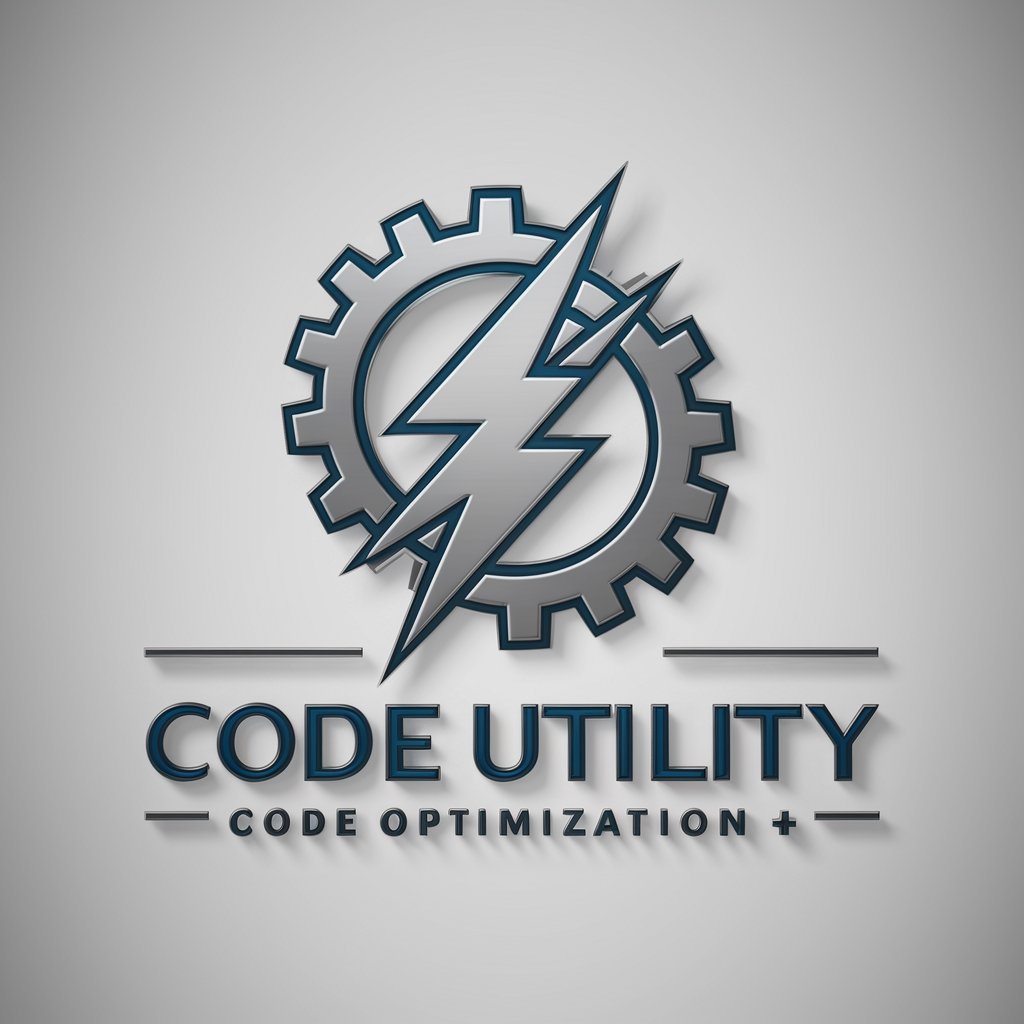Utility Asset Strategy and Management - AI-Powered Utility Management

Welcome to Utility Field Ops Consulting!
Empowering utility management with AI
How to optimize asset life-cycle?
Best EAM software for utilities?
Streamline field dispatch process?
Integrate GIS with field mobility?
Get Embed Code
Overview of Utility Asset Strategy and Management
Utility Asset Strategy and Management is a specialized discipline within the utility sector, focused on optimizing the performance, cost, and risk management of physical assets throughout their lifecycle. This encompasses a broad range of assets, from generation plants (like hydro, solar, and nuclear power plants) to transmission and distribution infrastructure (such as power lines and substations). The core objective is to ensure these assets deliver the highest value while maintaining safety, reliability, and compliance with regulatory standards. This involves strategic planning, investment decision-making, maintenance optimization, and the implementation of technologies to monitor and manage asset health. For instance, a utility company might use predictive maintenance strategies to preemptively repair a transformer, based on data analysis and asset health indicators, thereby avoiding unplanned outages and extending the asset's lifespan. Powered by ChatGPT-4o。

Key Functions of Utility Asset Strategy and Management
Strategic Asset Planning
Example
Developing a long-term investment plan for grid modernization
Scenario
A utility might assess future demand, regulatory changes, and technological advancements to prioritize investments in smart grid technologies, thereby enhancing grid reliability and accommodating renewable energy integration.
Risk and Performance Management
Example
Implementing a risk-based maintenance approach for critical assets
Scenario
By analyzing failure modes and their impacts, a utility can prioritize maintenance activities for high-risk assets, such as aging transformers, to mitigate the risk of outages and ensure a stable power supply.
Lifecycle Cost Optimization
Example
Using advanced analytics to optimize the repair-or-replace decision process
Scenario
Utilities apply lifecycle cost analysis to determine whether it's more cost-effective to repair an aging piece of equipment or replace it. This analysis takes into account repair costs, potential operational savings from new technology, and the impact on service reliability.
Asset Health Monitoring
Example
Deploying sensor technology for real-time condition monitoring
Scenario
Installation of sensors on critical assets, like circuit breakers, allows for continuous monitoring of operational parameters. This data is used to identify signs of deterioration, enabling proactive maintenance before failures occur.
Target User Groups for Utility Asset Strategy and Management Services
Utility Companies
These include electricity, gas, and water utilities that manage extensive infrastructure. They benefit from enhanced reliability, efficiency, and regulatory compliance, leading to improved service quality and reduced operational costs.
Regulatory Bodies
Regulators overseeing utility sectors use these strategies to establish benchmarks and guidelines for asset management practices, ensuring that utilities meet service quality and safety standards while operating efficiently.
Consulting and Engineering Firms
Firms specializing in infrastructure projects utilize asset management principles to advise utilities on best practices, technology implementations, and optimization strategies for new and existing assets.

Guidelines for Using Utility Asset Strategy and Management
1
Start with a visit to yeschat.ai for an immediate trial, no login or ChatGPT Plus subscription required.
2
Familiarize yourself with the tool's features and capabilities by exploring the provided tutorials and documentation.
3
Define your asset management goals and identify specific areas where you seek improvement or insights.
4
Utilize the tool to analyze utility asset data, perform predictive maintenance planning, and optimize asset lifecycle management.
5
Regularly review the insights and recommendations generated, adjusting your asset strategy and management practices accordingly for continuous improvement.
Try other advanced and practical GPTs
Utility Cost-Cutter GPT
Optimize utility costs with AI

Water Utility AI Assistant
Empowering water utilities with AI insights.

Code without Bullshit
Instant code solutions, powered by AI

Rewrite Without Common AI Words
Craft Authentically Human Content

VisionGPT without Web
Unlock insights with AI-powered image analysis.

Coding Without Bugs
Transforming ideas into code effortlessly.

QA Utility
Empowering Food Safety with AI

Code Utility
Empower your code with AI-driven optimization.

Visual Coder
Transform design to code, AI-powered

Visual Muse
Empowering Creativity with AI

Visual Wizard
Enhancing visuals with AI-powered guidance.

Visual Innovator
Bringing Your Visual Ideas to Life with AI

Detailed Q&A on Utility Asset Strategy and Management
What is Utility Asset Strategy and Management?
It is an AI-powered tool designed to optimize the performance, maintenance, and lifecycle management of utility assets through data analysis, predictive insights, and strategic recommendations.
How does AI contribute to utility asset management?
AI enhances asset management by providing predictive maintenance alerts, optimizing asset deployment, and offering strategic insights based on historical and real-time data analysis.
Can this tool help reduce operational costs?
Absolutely. By optimizing maintenance schedules, extending asset lifecycles, and improving operational efficiencies, it significantly reduces unnecessary expenditures and enhances profitability.
Is it suitable for all types of utility companies?
Yes, it's versatile and can be customized for different types of utilities, including electricity, water, and gas, addressing unique challenges and requirements.
How user-friendly is the tool for non-experts?
Designed with an intuitive interface and equipped with comprehensive guides, it ensures a smooth experience for users of all expertise levels, facilitating easy adoption and effective usage.
